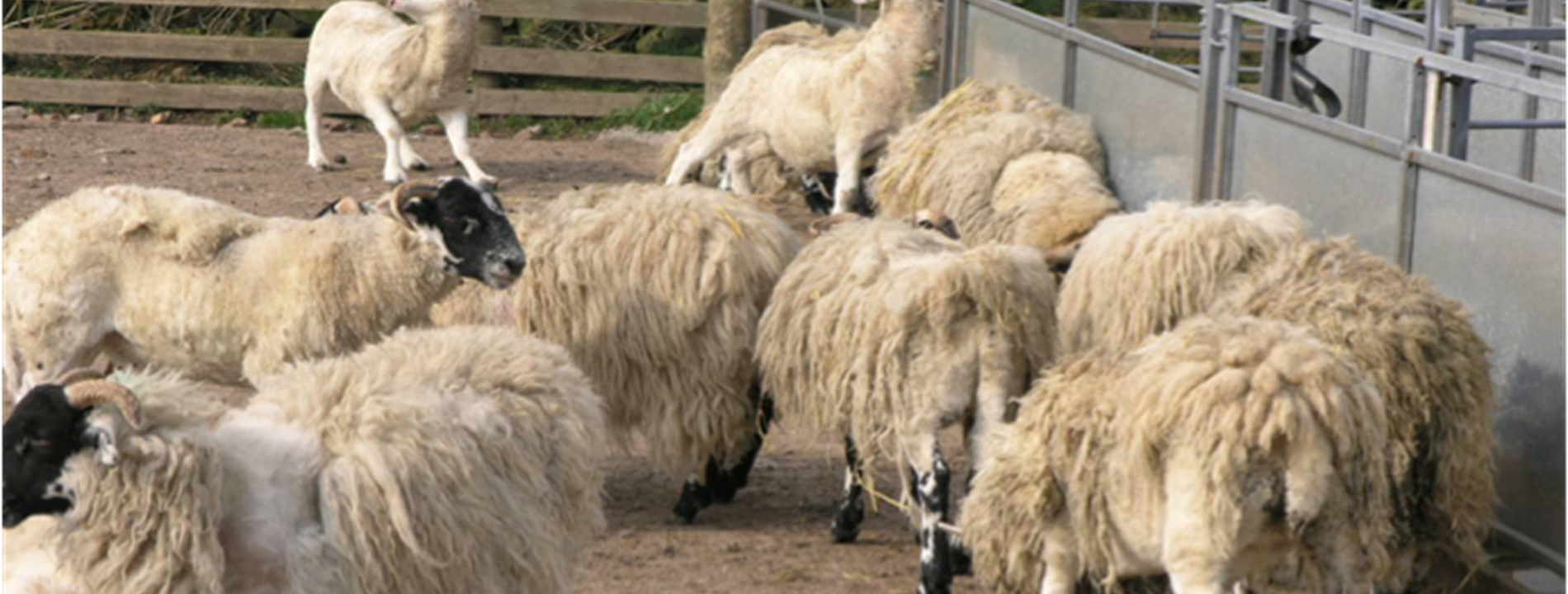Key Messages
• Sheep scab is a major issue for Scottish farmers and is a notifiable disease
• A sensitive and specific blood test to diagnose disease and subclinical infestation has been developed
• EPIC is exploring farmers’ attitudes to inform policy on improved control campaigns
Animation produced by Moredun Research Institute.
Find out more about sheep scab
Sheep scab is caused by infestation with the sheep scab mite, Psoroptes ovis, and presents various clinical signs, including itching, rubbing, wool loss, and restlessness. Infested sheep may remain asymptomatic for weeks or months, whilst the mite can survive for 16-19 days, making it highly infectious once introduced into a flock.
Sheep scab was declared eradicated in 1952, it made a resurgence in 1972 and was subsequently de-regulated in 1992. Despite the efforts to control it, sheep scab remains a significant challenge in the country. The disease affects approximately 10-15% of farmers and causes 8,000 to 10,000 outbreaks each year, with economic costs ranging from £80 to £200 million annually.
The control of sheep scab has been complicated by the over-reliance on traditional treatments such as MLs (Macrocyclic Lactones) and OP (Organophosphate) dips, coupled with the lack of new drugs.
The disease tends to cluster in hotspots, emphasizing the need for coordinated control efforts.
The challenge of diagnosing sheep scab has led to the development of a sensitive (98.5%) and specific (96.5%) test that can detect the disease even before clinical signs appear.
Follow the link to the Scottish Government:
Suspected or confirmed cases of sheep scab in Scotland mapped by region.
What is EPIC doing to stop the spread?
The Lewis and Harris project
The island of Lewis and Harris, located in Scotland, is not immune to the challenges posed by sheep scab outbreaks. The unique crofting system and interconnected farming practices make local scab control a possibility but require a coordinated effort.
Funded by the Scottish Government, the Lewis and Harris project is a significant step in safeguarding the island's sheep health and welfare but also serves as a model for collaborative action between government, academia, industry, and vets.

Ph. Claire Hardy
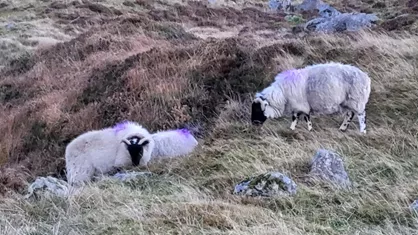
Ph. Claire Hardy
"Farmers need to work together in order to get on top of sheep scab”
The project to address sheep scab on the island is being delivered by EPIC and partners with a phased approach. Phase I involved blood sampling, phase II focused on follow-up testing and ensuring treatment efficacy, followed by a coordinated plunge-dipping campaign.
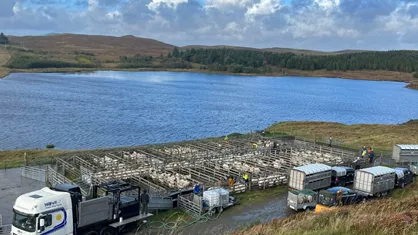
Ph. Hannah Mackay
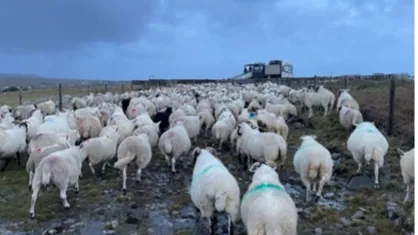
Ph. Hannah Mackay
Another aspect of the Lewis and Harris project involves understanding the barriers to the uptake of biosecurity measures. Workshops seek to identify and comprehend the obstacles and challenges that hinder the implementation of disease control practices within the local sheep farming community. By gaining a comprehensive understanding of these barriers, the project aims to develop targeted strategies and interventions to encourage the uptake of biosecurity measures, particularly in the context of sheep scab and roundworm control.
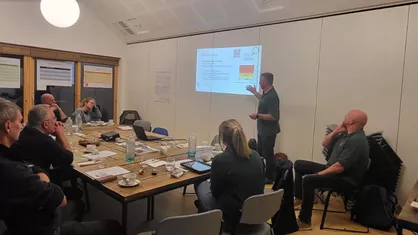
Ph. Claire Hardy

Ph. Hannah Mackay
In addition to the workshops, the DigiFlock serious game has been introduced as an educational tool. The game creates a simulated environment where players can experiment with different scenarios and biosecurity measures and observe the effects on their crofts. This game aims to enable crofters to gain a deeper understanding of disease control measures and it is a powerful tool to increase awareness of biosecurity practices.
Here are two screenshots captured from the simulated gaming environment.
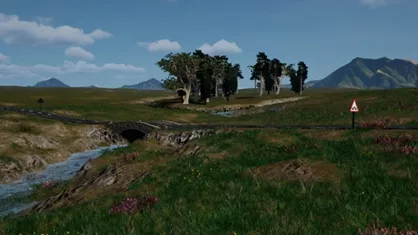
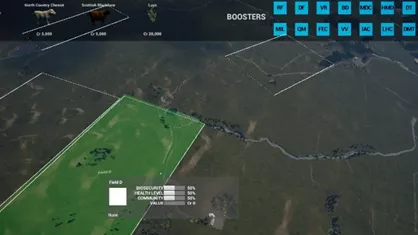
Want to know more?
Watch this webinar by Dr Stewart Burgess on the Future of Sheep Scab:
